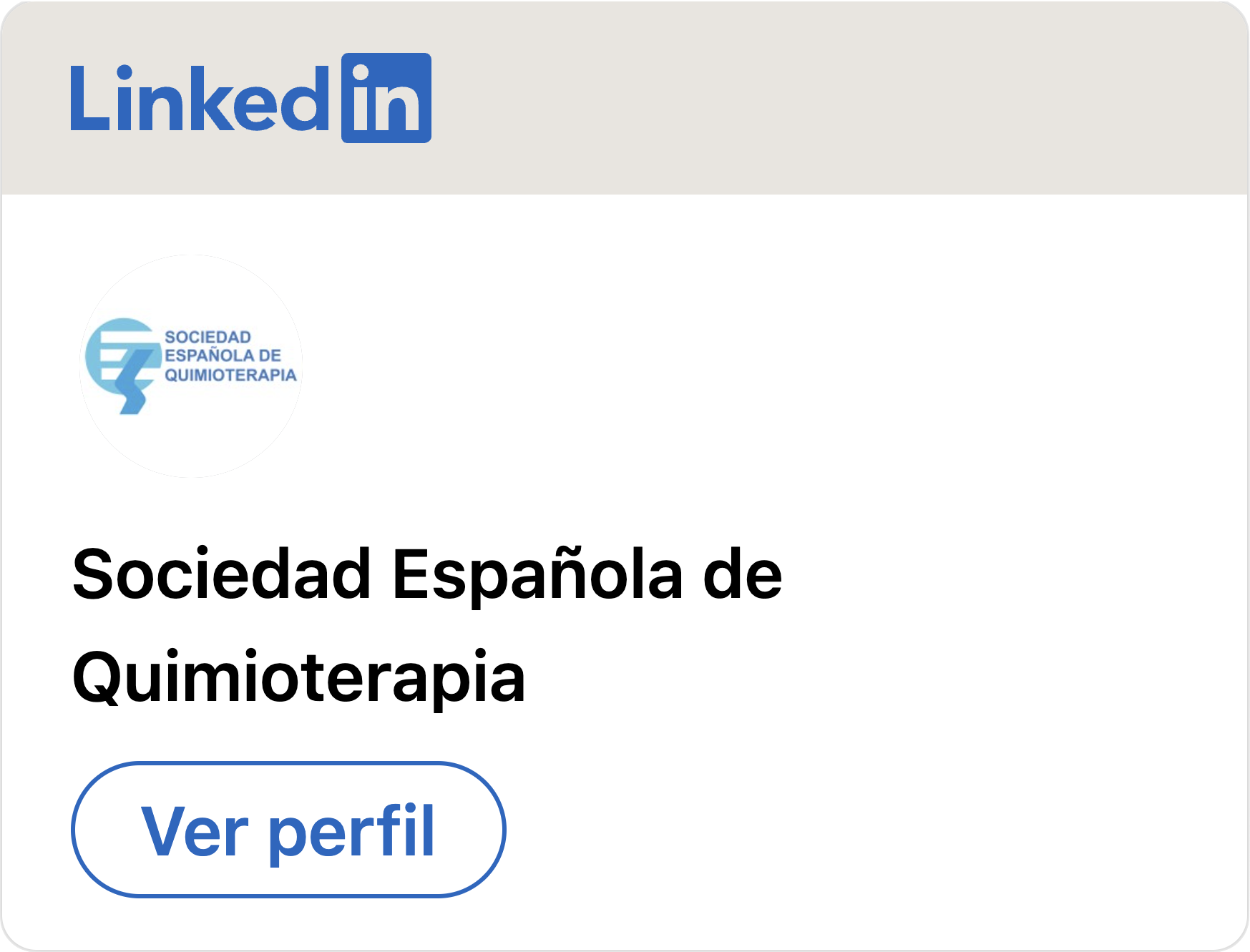Rev Esp Quimioter 2013:26(4):360-368
Effectiveness of liposomal amphotericin B in patients admitted to the ICU on renal replacement therapy
FRANCISCO ÁLVAREZ-LERMA, MONTSERRAT RODRIGUEZ, MARI CRUZ SORIANO, MERCEDES CATALÁN, ANA MARÍA LLORENTE, NIEVES VIDART, MARÍA GARITACELAYA, ENRIQUE MARAVI, ELISABETH FERNÁNDEZ REY, FRANCISCO ALVARADO, MARTA LÓPEZ-SÁNCHEZ, BERNABÉ ALVAREZ-SÁNCHEZ, DAVID GRANADO, ELISABETH QUINTANA AND THE STUDY GROUP OF LIPOSOMAL AMPHOTERICIN B IN THE ICU
Introduction. This study was designed to compare the effectiveness of liposomal amphotericin B (L-AmB) in ICU patients with and without renal replacement therapy (RRT).
Methods. Observational, retrospective, comparative and multicenter study conducted in critically ill patients treated with L-AmB for 3 or more days, divided into two cohorts depending on the use of RRT before or within the first 48 hours after starting L-AmB. Clinical and microbiological response at the end of treatment was evaluated.
Results. A total of 158 patients met the inclusion criteria, 36 (22.8%) of which required RRT during the ICU stay. Patients with RRT as compared with those without RRT showed a higher APACHE II score on admission (21.4 vs 18.4, P = 0.041), greater systemic response against infection (P = 0.047) and higher need of supportive techniques (P = 0.002). In both groups, main reasons for the use of L-AmB were broad spectrum and hemodynamic instability. A higher daily dose of L-AmB was used in the RRT group (4.30 vs 3.84 mg/kg, P = 0.030) without differences in the total cumulative dose or treatment duration. There were no differences in the clinical response (61.1% vs 56.6%, P = 0.953) or microbiological eradication rate (74.1% vs 64.6%, P = 0.382). In patients with proven invasive fungal infection, satisfactory clinical response was obtained in 74.1% and microbiological eradication 85.7%.
Conclusions. Although the study sample is small, this study shows that L-AmB is effective in critically ill patients admitted to the ICU requiring RRT.
Rev Esp Quimioter 2013:26(4):360-368 [pdf]

